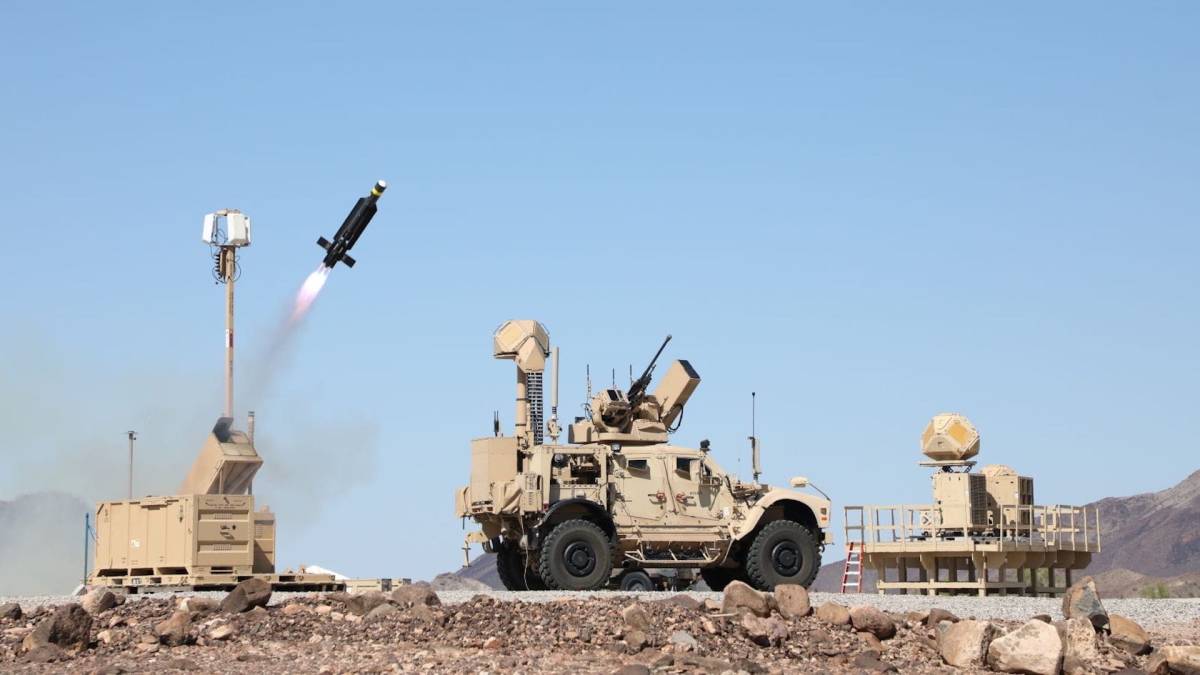US Army Tests Advanced Systems to Counter UAS Swarms at Yuma Proving Ground.
25 Jul, 2024 - 13:29

- Despite the positive feedback, JCO representatives have withheld detailed performance evaluations of the counter-drone systems, citing ongoing data analysis.
- The first comprehensive reports will be shared with military services, combatant commanders worldwide, and participating vendors before being released to the public.
- Clear Align,
- Trakka,
- ICR,
- ELTA,
- Teledyne FLIR,
- SAIC,
- ATSC, and
- Anduril.
These defense systems were primarily "layered" configurations, incorporating multiple sensors and effectors to detect and neutralize drone threats. The demonstration featured at least four types of sensors: radars, electro-optical and infrared cameras, and radio-frequency scanners. Similarly, four types of effectors were employed: guided rockets, drone-killing mini-drones, machine guns, and radio-frequency jammers. The latter represents a "soft kill" approach, disrupting a drone's GPS signal or command link rather than physically destroying it.
"No single capability, whether kinetic or non-kinetic, can effectively counter this type of attack profile alone," explained a JCO official, Parent. "A full system of systems approach, a layered approach, is essential."
Interestingly, none of the systems in this demonstration used "directed energy" weapons like lasers or high-powered microwaves, although an HPM weapon was tested in a concurrent event. The complexity of the scenario tested not only the physical capabilities of the defense systems but also their digital processing power. The ability to analyze sensor data, integrate multiple data streams, and assign targets to appropriate weapons was critical.
"This challenges everything, including command-and-control," Parent noted. "You don't want to engage the same target multiple times. With so many threats, you need to differentiate and prioritize the most dangerous ones."
The decision on whether to procure any of the demonstrated systems will rest with individual military services and combatant commands, based on performance data and operational requirements. The Department of Defense is not obligated to purchase any of the candidates.
The next JCO demonstration is anticipated to occur in early 2025, promising further advancements in counter-drone technology.
:quality(70)/cloudfront-us-east-1.images.arcpublishing.com/archetype/LLBCXBYYCBCZBB6F2AISWQRMGQ.jpg)






No comments:
Post a Comment